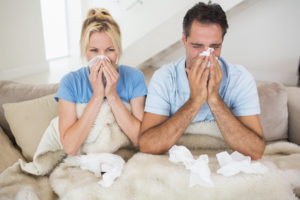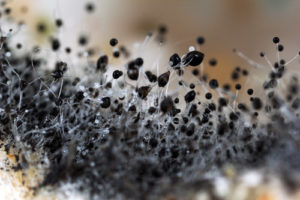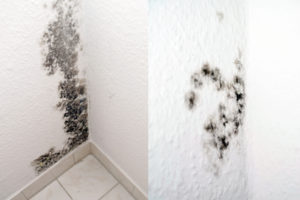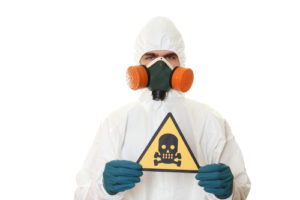Why is Breathing In Mold Spores Bad for You?

Are Mold Spores in the Air of Your Home?
“Out of sight, out of mind” definitely doesn’t apply to mold spores. Our Manhattan mold removal team explains why you should be concerned about these microscopic particles floating around unseen.
Mold Spores: The Invisible Enemy
While they’re invisible to the naked eye, mold spores and construction dust are always present in the air. They may seem harmless, but the World Health Organization found enough reason to establish guidelines for indoor air quality.
Health Risks of Exposure to Mold Spores
Studies have shown a connection between exposure to dust and mold spores and ailments that affect both physical and mental health.
• Respiratory issues are the most common reaction to mold spores. People report chronic sneezing, coughing and other upper respiratory symptoms, even if they haven’t suffered from allergies in the past. More serious illnesses include aspergillosis, an infection that can cause fungus balls to develop in the lungs.
• Digestive issues are usually associated with eating moldy food, but mold spores have been known to trigger nausea, diarrhea and other gastrointestinal problems. In some cases, the immune system response may alter metabolism, actually leading to weight gain.
• Sadness and depression may not be directly caused by mold spores, but these conditions are often experienced by people dealing with a serious mold problem.
Call Stern Mold for Prompt and Effective Manhattan Mold Removal
Our MoldExterm program eliminates mold while addressing the conditions that cause mold to develop. Contact us to schedule a free inspection by our Manhattan mold removal experts.



